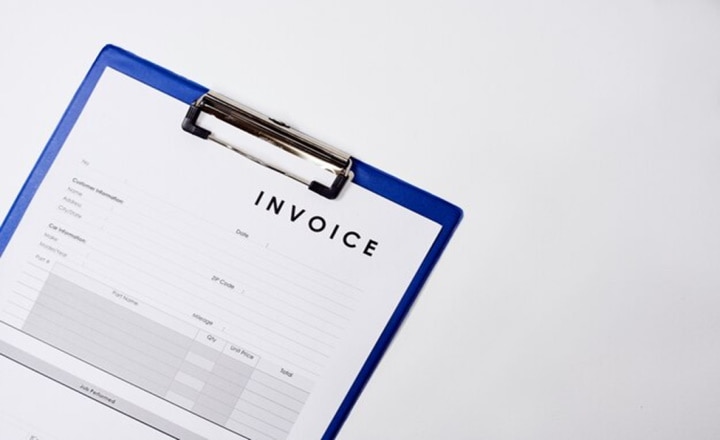In the labyrinth of business transactions and financial dealings, there exists a humble yet crucial entity – the invoice book. Often overshadowed by the grandeur of corporate strategies and market dynamics, the invoice book plays a discreet but vital role in the daily operations of businesses. This article aims to unravel the nuanced artistry involved in the process of invoice book printing, shedding light on its significance, evolution, and the craftsmanship that goes into its creation.
The Unseen Architect of Transactions:
In the dance of commerce, the invoice book with invoice book printing emerges as the unassuming architect of transactions. It’s the tangible record of a business deal, the silent narrator of financial exchanges. Every mark on its pages encapsulates a piece of the economic puzzle, from product sales to services rendered, making it a chronicle of a company’s fiscal journey.
Beyond its utilitarian role, an invoice book is a reflection of a business’s professionalism and attention to detail. A well-crafted invoice, emanating from a meticulously printed book, speaks volumes about the commitment to excellence that a company embodies.
Evolution of Invoice Book Printing:
The journey of invoice book printing is a tapestry woven with the threads of technological evolution and creative innovation. From the traditional handwritten ledgers of yesteryears to the modern, digitized printing processes of today, the evolution mirrors the broader shifts in business practices.
In the digital age, businesses can choose from a myriad of customization options for their invoice books. The printing industry has embraced advanced technologies that allow for intricate designs, branding elements, and personalized touches. The result is not just a transactional document but a representation of a company’s identity, a tactile extension of its brand.
Craftsmanship in Printing:
Behind the seemingly straightforward process of printing an invoice book lies a world of craftsmanship. It begins with the selection of materials – the quality of paper, the durability of the cover, and the ink that leaves an indelible mark. Each element is chosen not just for functionality but for its contribution to the aesthetic and tactile experience of the end product.
The layout and design of an invoice book are a meticulous craft, marrying the need for clarity in financial documentation with the desire for visual appeal. Fonts are chosen with precision, ensuring readability without sacrificing style. Logos and branding elements are integrated seamlessly, turning each invoice into a brand ambassador in its own right.
Moreover, the craftsmanship extends to the printing process itself. Modern printing technologies, such as offset and digital printing, bring a level of detail and accuracy that was once unimaginable. The result is a crispness of text, vibrancy of colors, and overall aesthetic finesse that elevates the humble invoice book to a work of functional art.

Customization as a Signature:
In the realm of invoice book printing, customization is the hallmark of distinction. Businesses can imprint their personality onto each page, making every invoice a unique representation of their ethos. The ability to tailor invoice books according to specific needs – whether it’s the inclusion of terms and conditions, special instructions, or a color scheme that aligns with the brand – adds a layer of individuality to the process.
Customization isn’t just about aesthetics; it’s about aligning the functionality of the invoice book with the specific requirements of a business. The craft lies in the seamless integration of these personalized elements, ensuring that the invoice book doesn’t just serve a practical purpose but becomes an integral part of the business’s identity.
Environmental Considerations:
As the world grapples with environmental concerns, the craft of invoice book printing has also embraced sustainability. Businesses are increasingly opting for eco-friendly materials, recycled paper, and environmentally conscious printing processes. This shift reflects not only a commitment to the planet but also an acknowledgment that the artistry of invoice book printing must align with ethical considerations.
Conclusion:
In the quiet realm of finance and commerce, the craft of invoice book printing stands as a testament to the marriage of functionality and artistry. It’s a process that transforms a mundane transactional tool into a canvas for branding, a repository of financial narratives, and a symbol of a business’s commitment to professionalism.
In the delicate dance between precision and creativity, invoice book printing emerges as a craft that goes beyond the technicalities of ink on paper. It’s a subtle yet powerful form of expression, where every stroke of print becomes a brushstroke in the portrait of a business’s financial identity.

